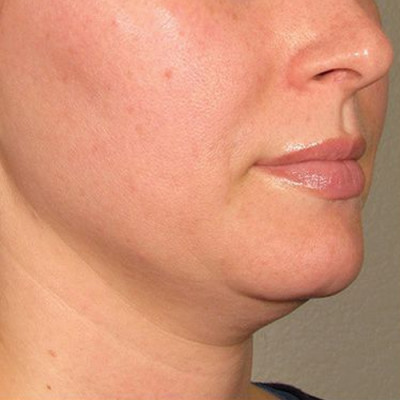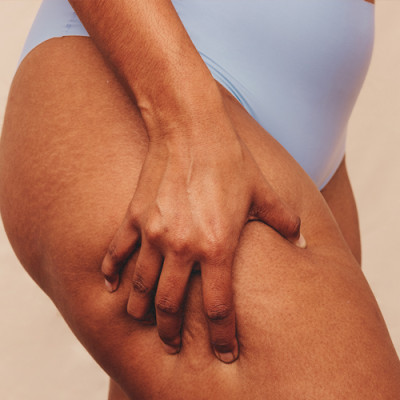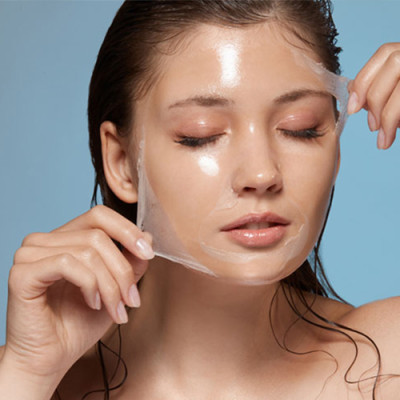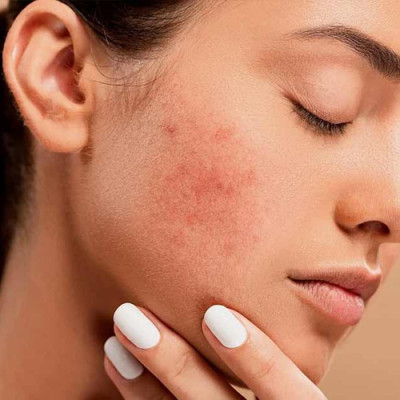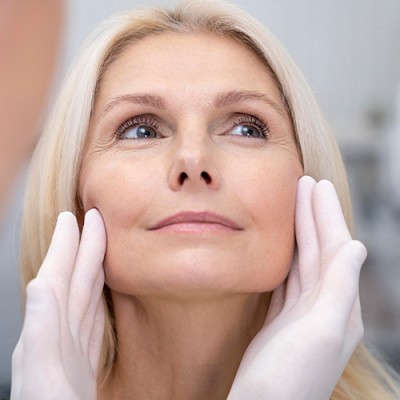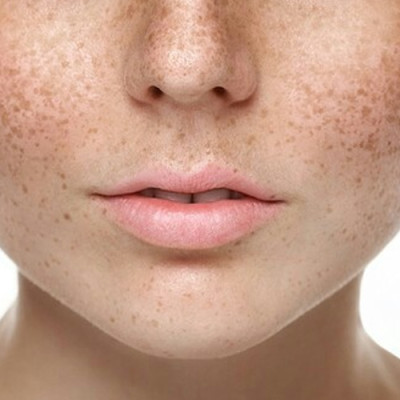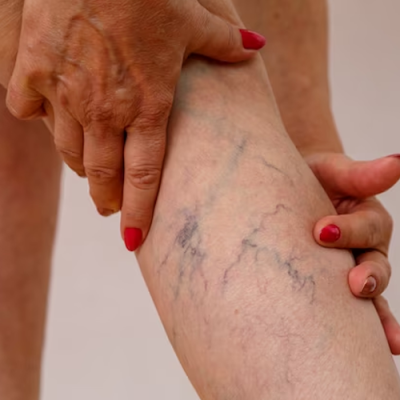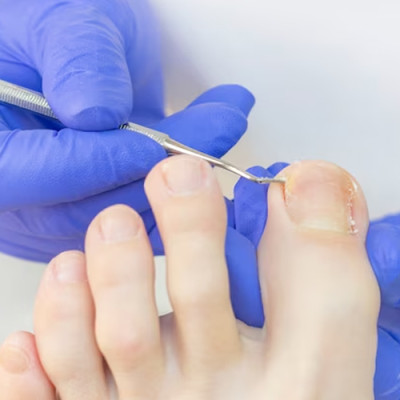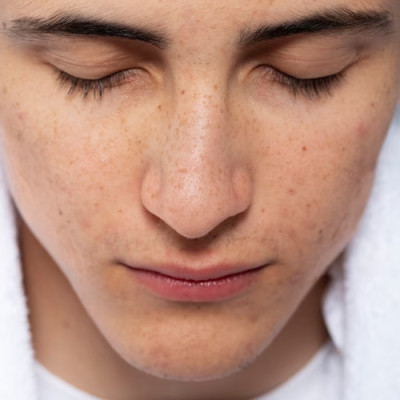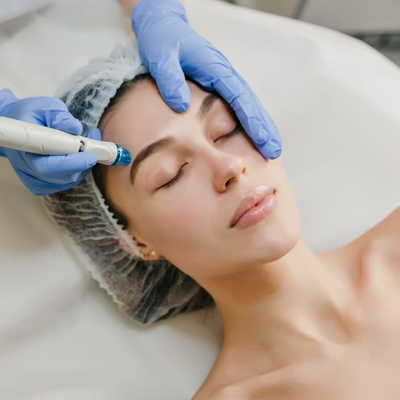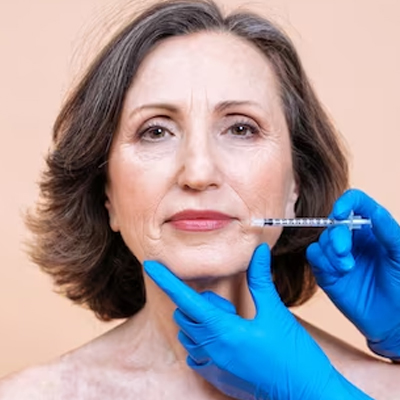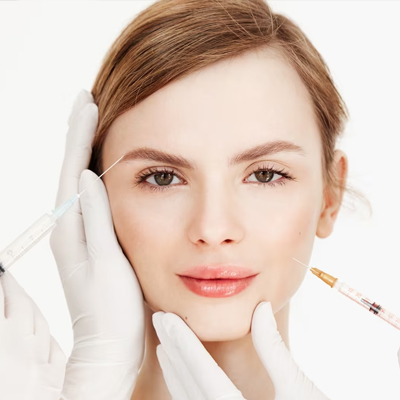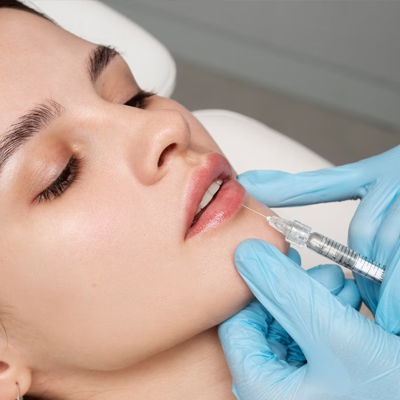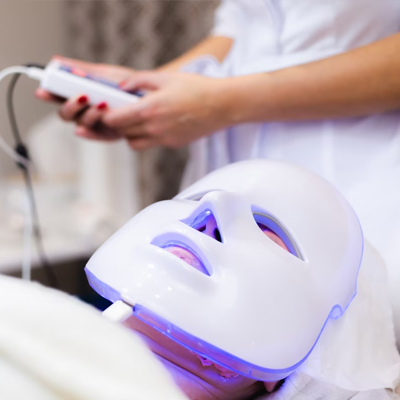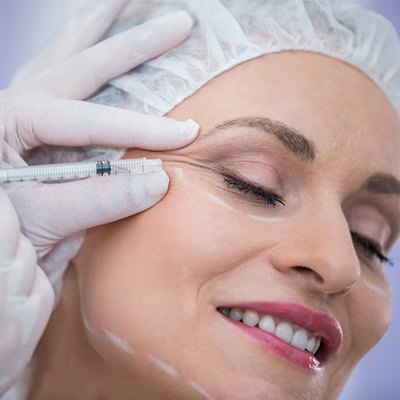Skin Tightening
Skin tightening refers to various non-surgical and surgical procedures designed to improve the firmness, elasticity, and overall appearance of the skin. As we age, our skin's collagen and elastin fibers…
Skin tightening refers to various non-surgical and surgical procedures designed to improve the firmness, elasticity, and overall appearance of the skin. As we age, our skin's collagen and elastin fibers degrade, leading to sagging, wrinkles, and loss of firmness. Skin tightening treatments aim to counteract these effects and provide a more youthful and rejuvenated appearance. Here are some common methods of skin tightening:
1.Radiofrequency (RF) Therapy:
RF technology delivers controlled heat energy deep into the skin's layers, stimulating collagen production and promoting tissue contraction. This results in tighter, smoother skin. RF treatments are typically non-invasive and can target different areas of the body, such as the face, neck, abdomen, and thighs.
2.Ultrasound Therapy:
Ultrasound technology, like Ultherapy, utilizes focused ultrasound waves to heat the deeper layers of skin, triggering collagen production and tightening loose skin. It's often used to target areas prone to sagging, such as the face, neck, and chest.
3.Laser Treatments:
Various laser technologies, such as fractional laser and ablative laser, can be used to stimulate collagen production and promote skin tightening. These lasers create controlled micro-injuries in the skin, which triggers the body's natural healing response and collagen remodeling.
4.Microneedling:
Microneedling involves creating tiny, controlled punctures in the skin using a device with fine needles. This stimulates collagen production and enhances skin firmness. Often, microneedling is combined with radiofrequency or platelet-rich plasma (PRP) for more pronounced results.
It's important to note that the effectiveness of these treatments can vary depending on factors like age, skin type, the severity of skin laxity, and the specific treatment chosen. Consultation with a qualified dermatologist or medical professional is crucial to determine the most suitable treatment plan based on individual goals and concerns. Additionally, it's essential to have realistic expectations about the results, as significant improvements might require multiple sessions and some time to become visible.

